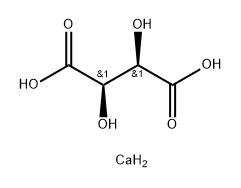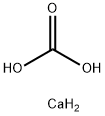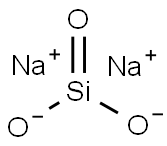LN-030425
CALCIUM TARTRATE , 98.8%min emma@coreychem.com , 3164-34-9
Update time: 2023-04-23
PRODUCT Properties
| Melting point: | decomposes [CRC10] |
| alpha | [α]D20 +5.0~+8.0゜ (c=5, dil. HCl) |
| Density | 1.878[at 20℃] |
| vapor pressure | 0Pa at 25℃ |
| solubility | soluble in dilute acid solutions; slightly soluble in ethanol |
| form | powder |
| color | white |
| Water Solubility | g/100g H2O: 0.026 (0°C), 0.034 (20°C), 0.130 (80°C) [LAN05]; soluble dilute HCl, HNO3 [MER06] |
| Merck | 13,1714 |
| LogP | -3.6 at 20℃ |
| CAS DataBase Reference | 3164-34-9(CAS DataBase Reference) |
| EPA Substance Registry System | Butanedioic acid, 2,3-dihydroxy- (2R,3R)-, calcium salt (1:1) (3164-34-9) |
Description and Uses
Calcium tartrate is a by product of the wine industry, prepared from wine fermentation dregs. It is the calcium salt of tartaric acid, an acid most commonly found in ripe grapes. Its solubility decreases with colder temperature, which results in the forming of whitish (in red wine often reddish) crystalline clusters as it precipitates. It finds use as a food preservative and acidity regulator. Like tartaric acid, calcium tartrate has two asymmetric carbons, hence it has two chiral isomers and a non-chiral isomer (meso-form). Most calcium tartrate of biological origin is the chiral levorotatory (–) isomer.
Safety
| Safety Statements | 22-24/25 |
| WGK Germany | 3 |



